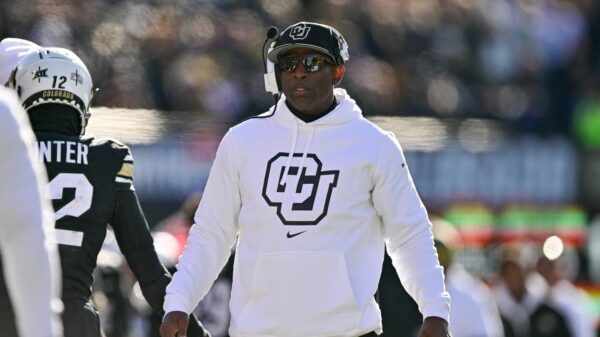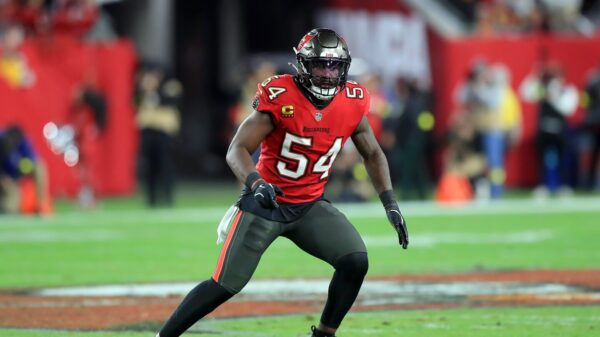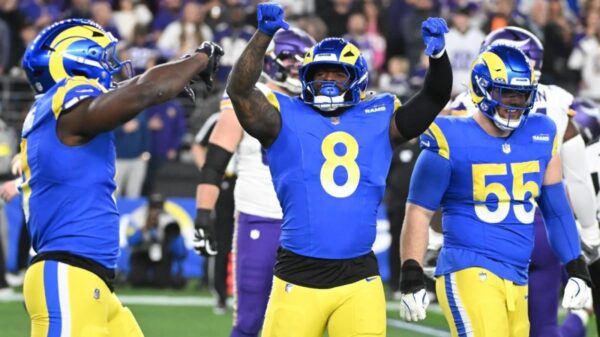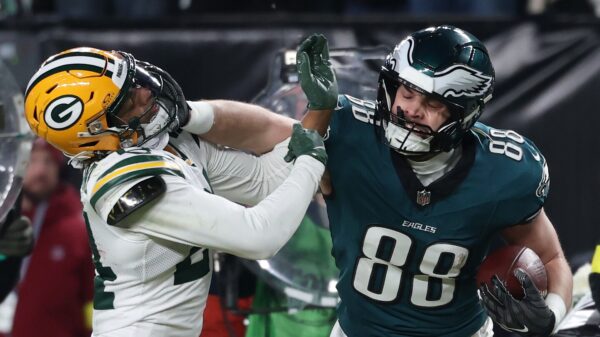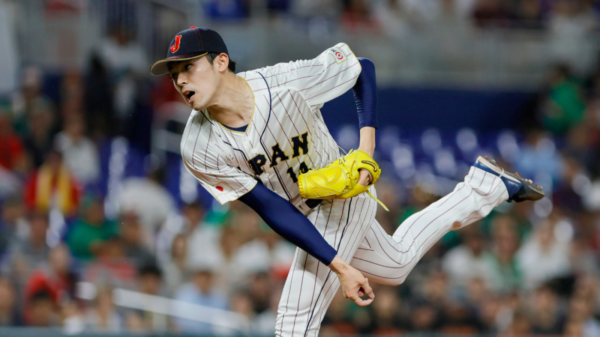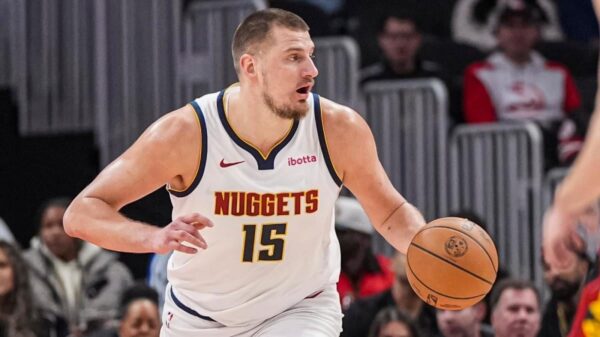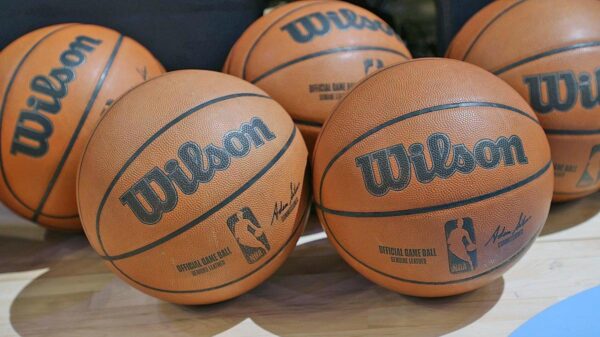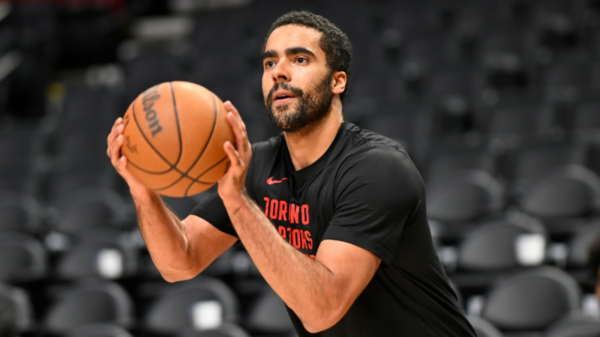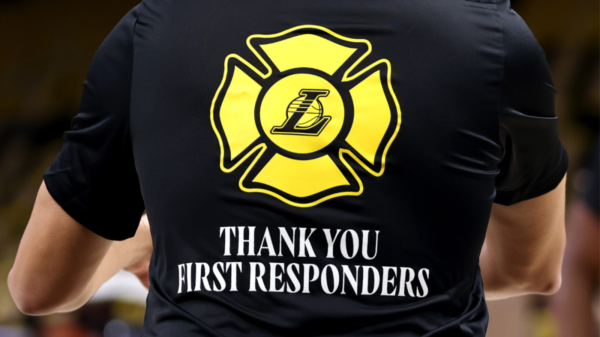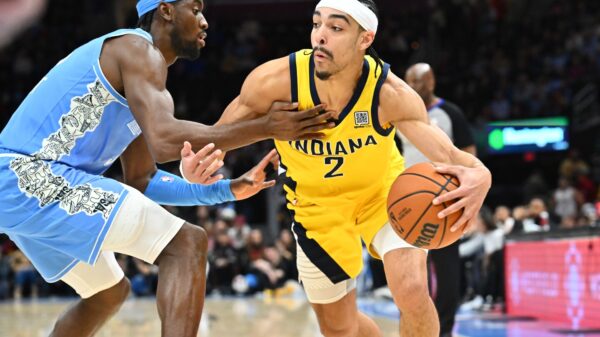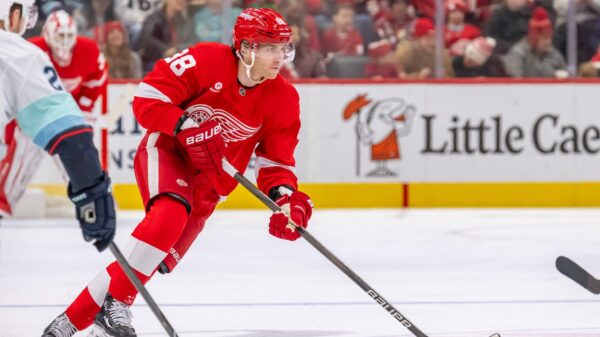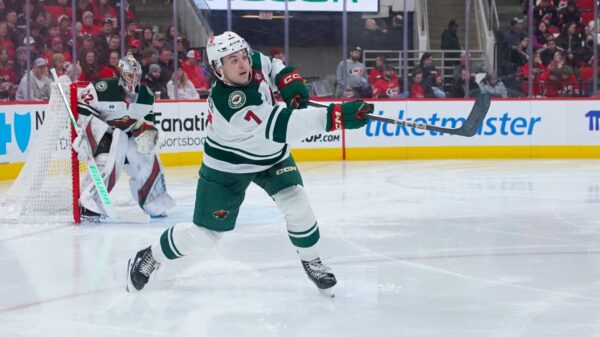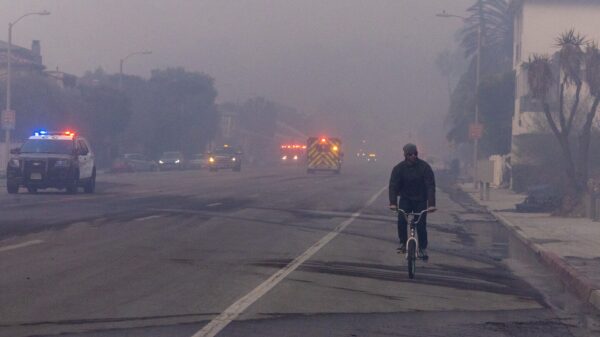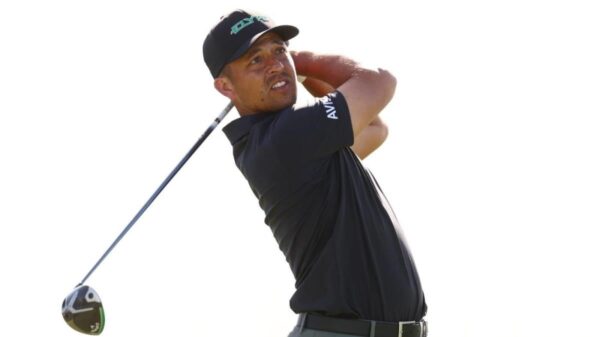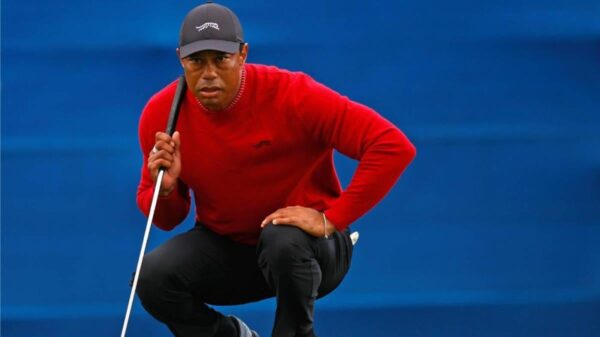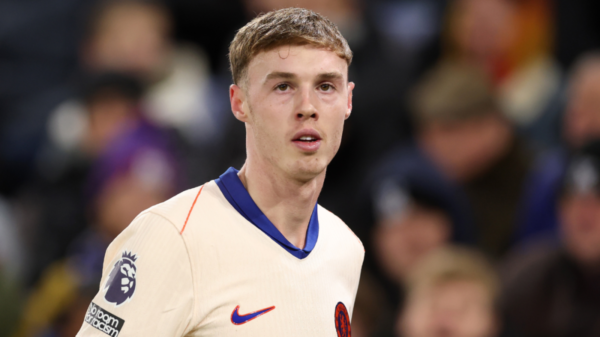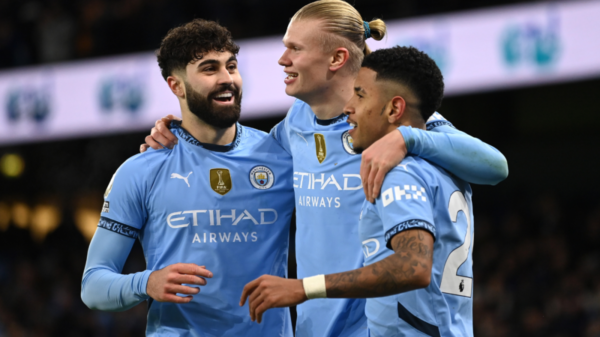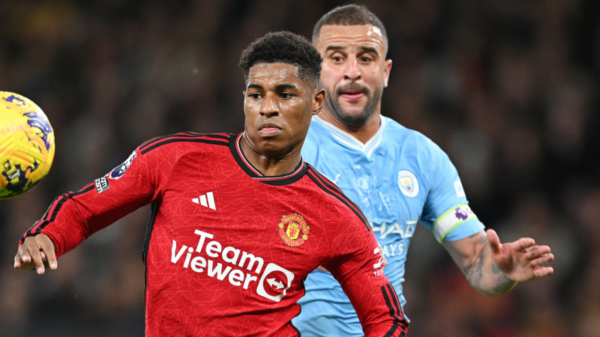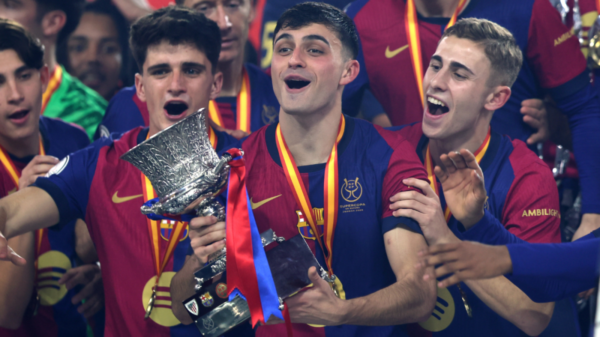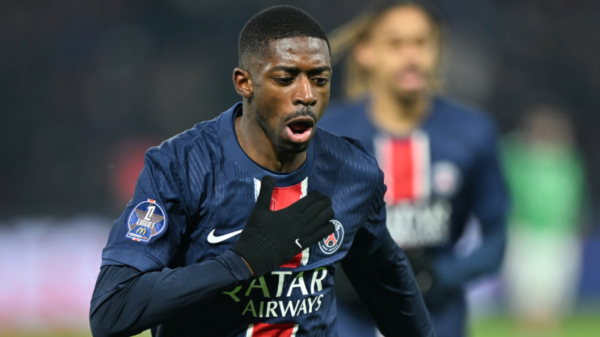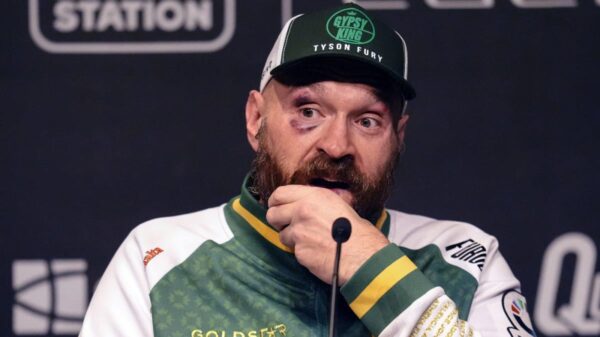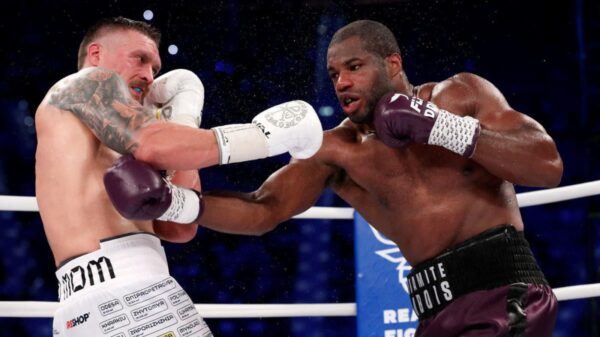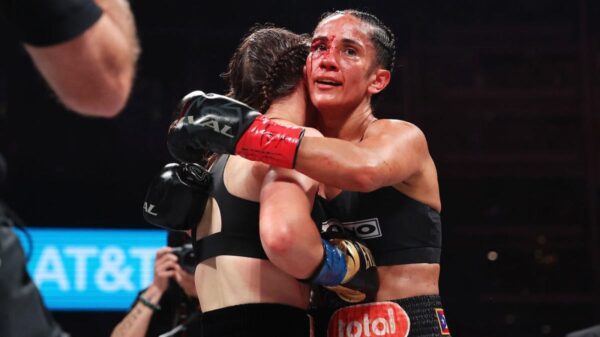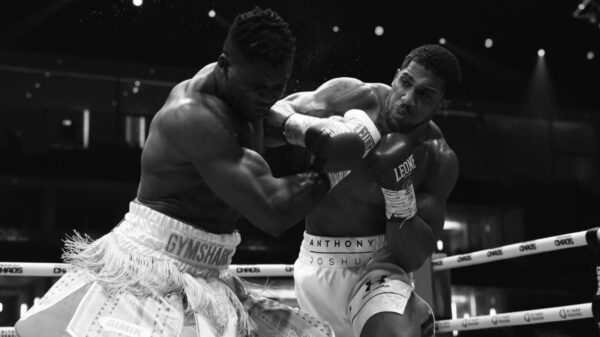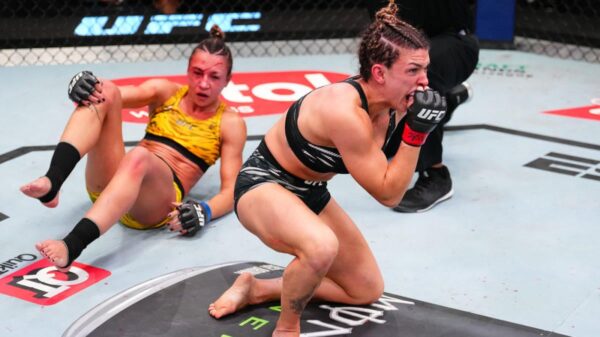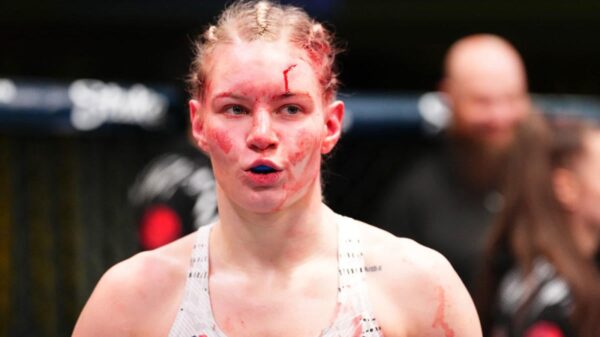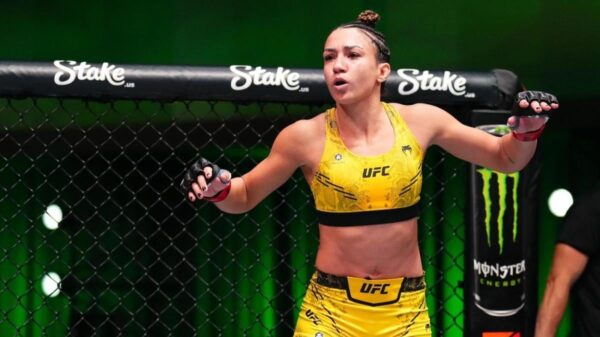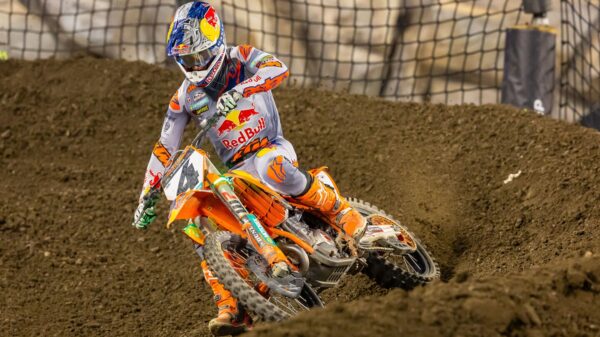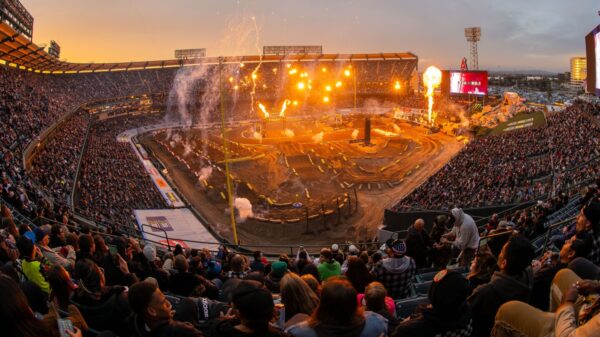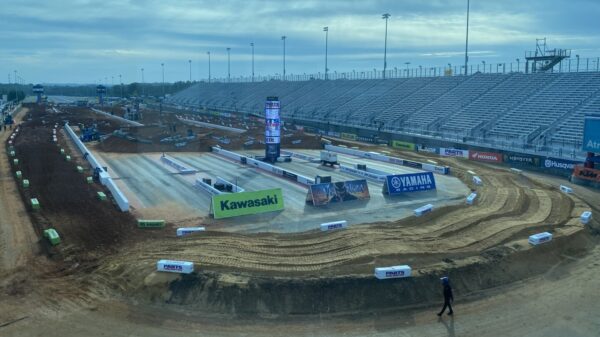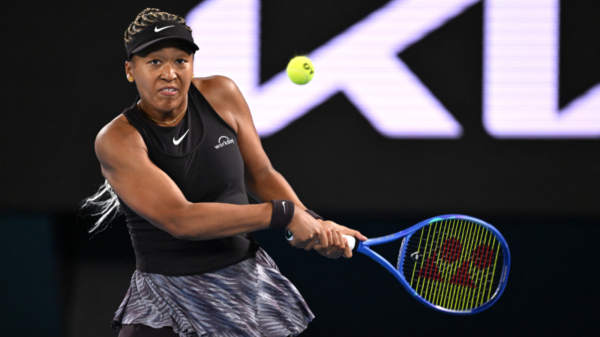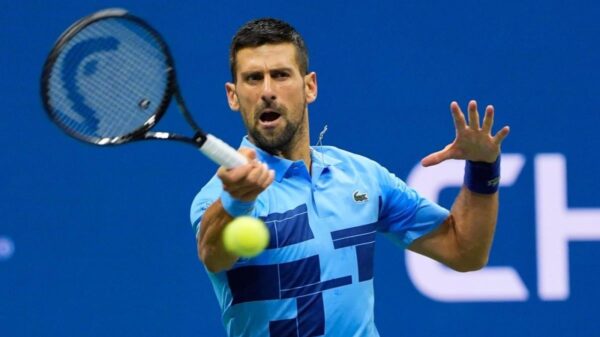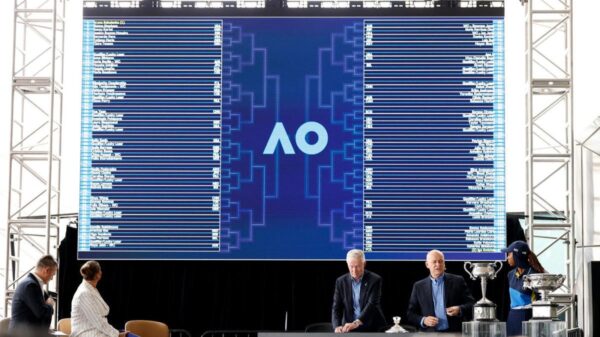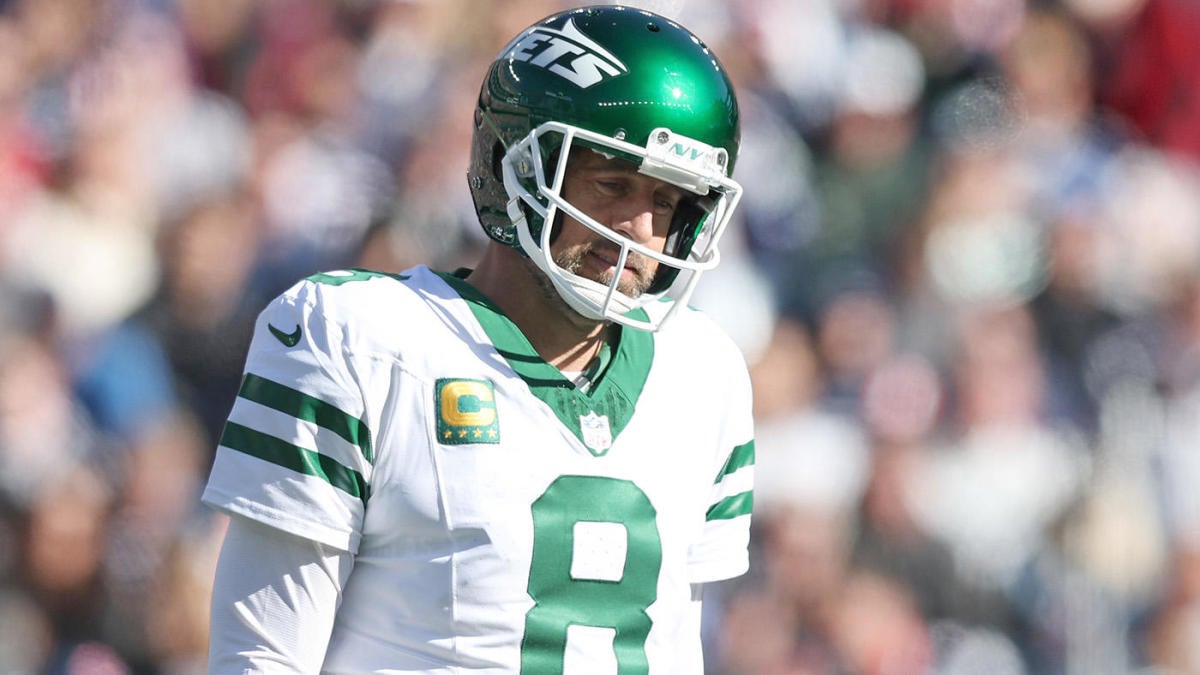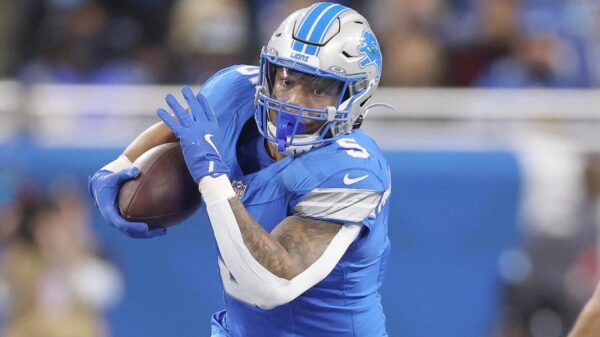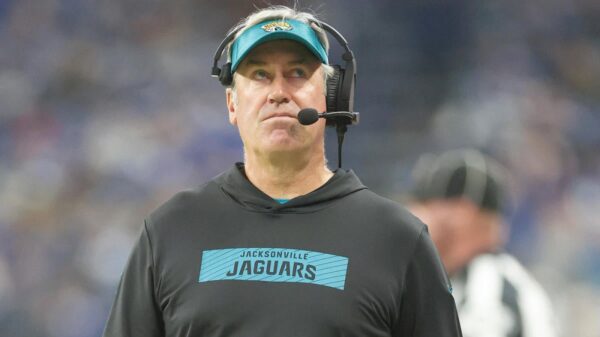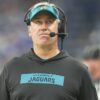The problem with the Jets is they got Aaron Rodgers one year too late.
Now 2-6, New York is in disarray, especially after a reasonably well-played game that ended in defeat in New England to a previously 1-6 Patriots team in Week 8.
Landing with the Jets, in the crosshairs of New York City’s media market, was a perfect match for a quarterback with as much name recognition and past achievements as any quarterback in the NFL.
After a pair of MVPs in 2011 and 2014, Rodgers experienced a late-career resurgence under young head coach Matt LaFleur in Green Bay, winning consecutive MVPs in 2020 and 2021. Collectively in those seasons, Rodgers averaged a completion rate of 66.7%, 32 touchdowns to a mere eight interceptions, 7.3 yards per attempt, 3,905 yards passing and had a 101.4 passer rating. That’s the player the Jets were signing.
Except the Packers didn’t trade the reigning back-to-back MVP winner. And it’s almost as if the marriage-ending 2022 season in Green Bay has now been completely forgotten. Because in that season, Rodgers ceased to be the MVP-level quarterback and became, frankly, a bottom-fourth-of-the-league quarterback in overall effectiveness, even though his traditional stats indicated reasonable effectiveness. That year, he threw for 3,695 yards, completed 64.6% of his throws with 26 touchdowns and 12 interceptions. His yards-per-attempt average was 6.8, and he had a rating of 91.1.
But here’s how that 2022 season compares to Rodgers through eight games of 2024, from an advanced-stat angle:
|
2022 |
75.8% (15th) |
6.8 (T23rd) |
4.8% / 2.2% |
0.039 (24th) |
46.6% (23rd) |
|
2024 (through eight games) |
73.9% (23rd) |
6.7 (24th) |
3.9% / 2.7% |
0.072 (19th) |
44.5 (19th) |
Those stats are far from benchable. Yet they indicate a clear regression occurred with Rodgers in 2022 in Green Bay that has become the norm for him with the Jets in his age-41 season after a torn Achilles. And the blame in either situation can’t be assigned to his offensive line nor skill-position talent. In 2022, Rodgers was pressured at the third-lowest rate in football. This year, his pressure rate is second lowest. Green Bay boasted a receiver group of Allen Lazard, Christian Watson, Romeo Doubs and Randall Cobb. Aaron Jones caught 59 passes.
And we know how aggressively the Jets have pursued and obtained players of Rodgers’ liking along with former first-round pick Garrett Wilson and multi-dimensional rocket Breece Hall in the backfield.
This is not to say the Jets’ 2-6 start is completely on Rodgers. It’s not. He’s just demonstrated previously uncharacteristic hesitation as a thrower. It’s either that, or he’s simply feeling the need to try to do too much.
Beyond those recent missed opportunities from Rodgers, there have been a litany of near misses in the Jets’ pass game this season — throws a half-step too far in front of a wideout, a route run eight yards that maybe should’ve been run 10 yards, a fingertip grab attempt that fell incomplete. Too many of those as well.
Couple that with what has quietly been a regression of the Jets’ formerly elite-level defense, and it’s easy to understand how this team is 2-6 right now. That unit kept the Jets competitive in a quarterback-starved 2023 for the franchise.
On all plays last year, the Jets defense finished third in expected points added (EPA) per play (-0.110) and second in opponent success rate at 37.8%.
Through Week 8, Gang Green’s defense has dipped to 14th in football in EPA per play (-0.014) and to a strong yet not elite 11th in success rate at 41.5%. In Week 8, the Jets took a 13-7 lead into halftime. After the half, the Patriots scored two touchdowns and made a field goal on three of their five possessions en route to the win. Two of the scoring drives covered over 60 yards, and all of the third- and fourth-quarter scores by New England were orchestrated by backup Jacoby Brissett, who went 12 of 18 for 98 yards in the Jets’ most recent win — on “Thursday Night Football” — in Week 3.
On a more granular level, the Jets run defense has regressed most starkly. A season ago, that unit finished fourth in success rate and ninth in EPA per play against the run.
After the loss to the Patriots, the Jets are 22nd in EPA per play against the run and 23rd in success rate.
The Jets aren’t routinely getting carried by an ultra-stingy defense, and the offense is far from being perfectly synced at all levels. Maybe the Jets should’ve seen this coming. Because New York is getting a version of Rodgers much closer to his last season in Green Bay than his MVP form of 2020 and 2021.
Read the full article here

